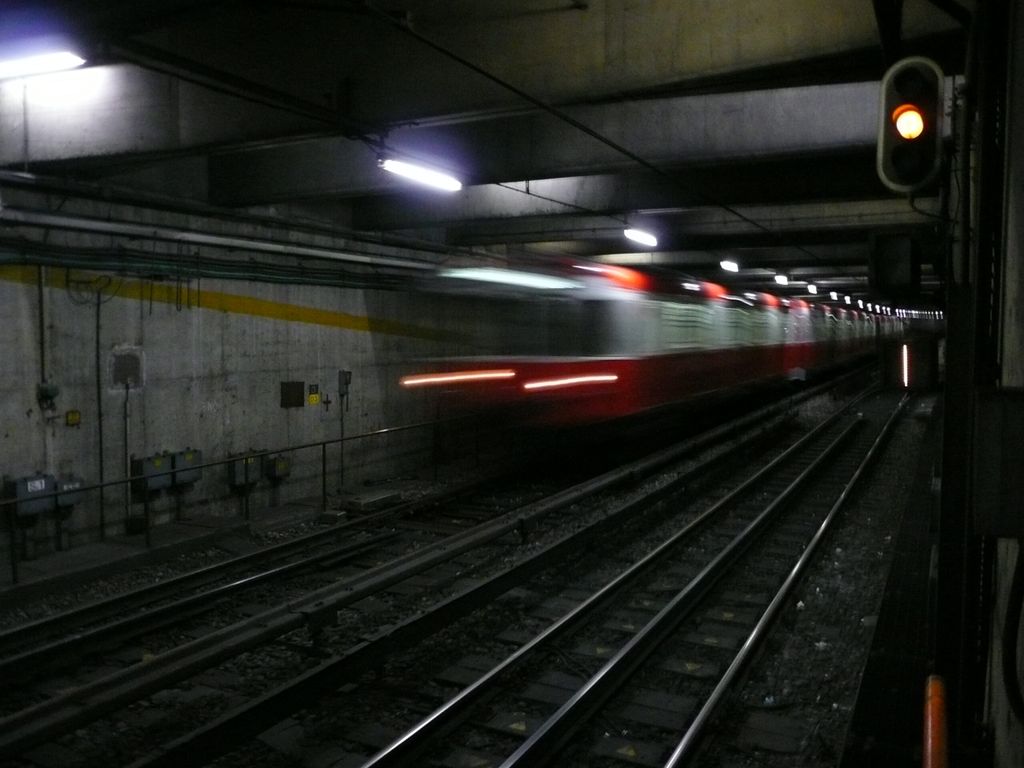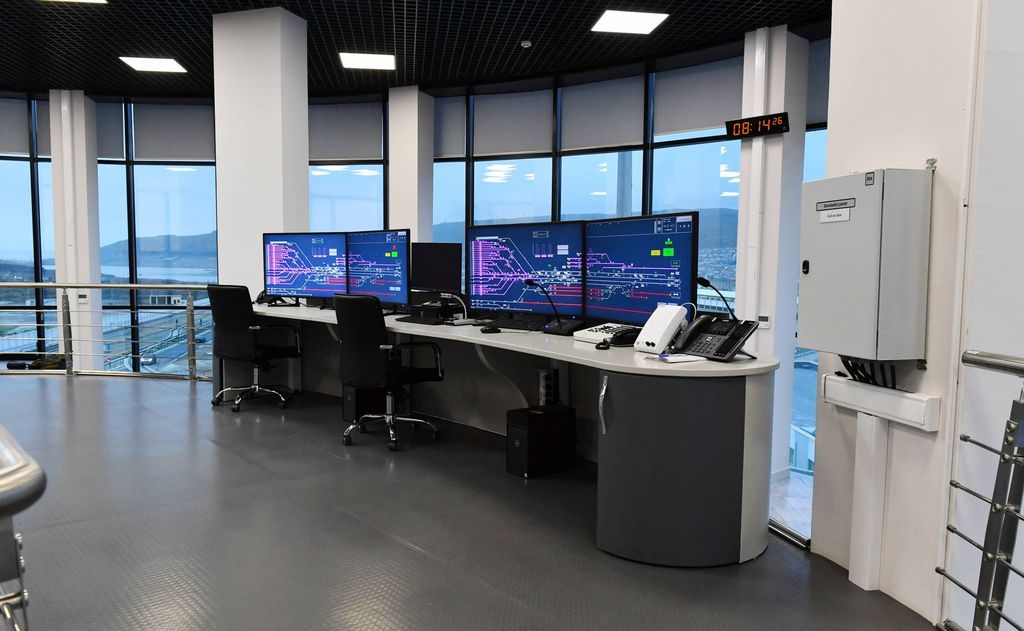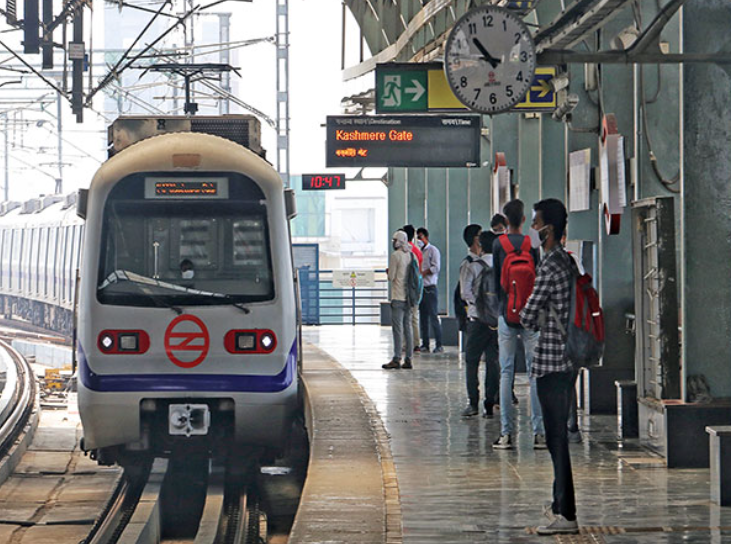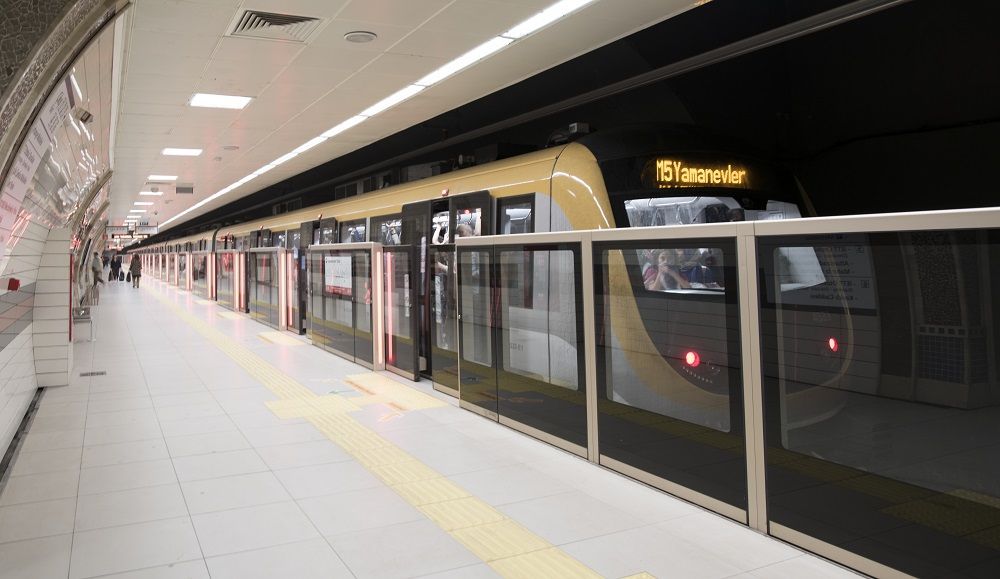
Increasing operative robustness & resilience in CBTC
12 ideas to improve metro CBTC resilience
It is assumed that CBTC systems allow high operational performance, but these performances rely on equipment and interfaces that can obviously fail.
This study aims to identify how CBTC systems can better cope with internal equipment or external system failures, and recover, when achievable, an acceptable level of performance in degraded modes.
The report presents a list of CBTC system characteristics that can be encouraged for their ability to improve CBTC operation in degraded modes. The aim is to identify a list of characteristics for CBTC systems that could have a positive impact on resilience and robustness of operation, starting with the identification of four main axes for improvement:
- CBTC design reliability (i.e. robustness by its own)
- CBTC robustness to externalities (context)
- Degraded modes of operation (service robustness)
- Deployment phasing: robustness during deployment
Based on the main axes, ideas for CBTC system characteristics have been identified and discussed. The study has selected and developed them in more detail.
Contents:
- Introduction
- Purpose of the study
- Methodology
- Abbreviations
- Survey contributors
- Glossary
- Results
- Axes of improvement for resilience & robustness in CBTC
- 12 ideas for improvement of CBTC resilience & robustness
- Focus on a selection of most encouraged characteristics
- Conclusions
- Recommendations
- Appendix
- 12
ideas to improve CBTC resilience & robustness
- 4
axes of improvement
- 5
most encouraged characteristics
exclusive resources










